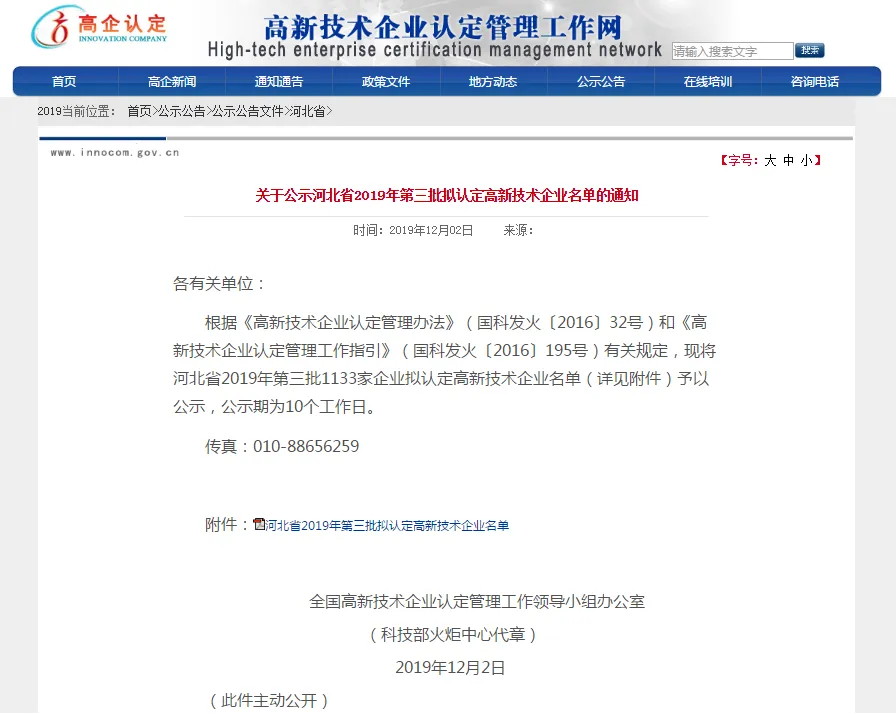The importance of muscle and joint health in horses cannot be overstated. Muscles provide the strength and power necessary for movement, while joints allow for flexibility and a range of motion. As horses age or undergo rigorous physical activity, they may experience muscle fatigue, soreness, and joint stiffness. Such issues might not only impair their performance but can also lead to long-term health problems if not addressed.







